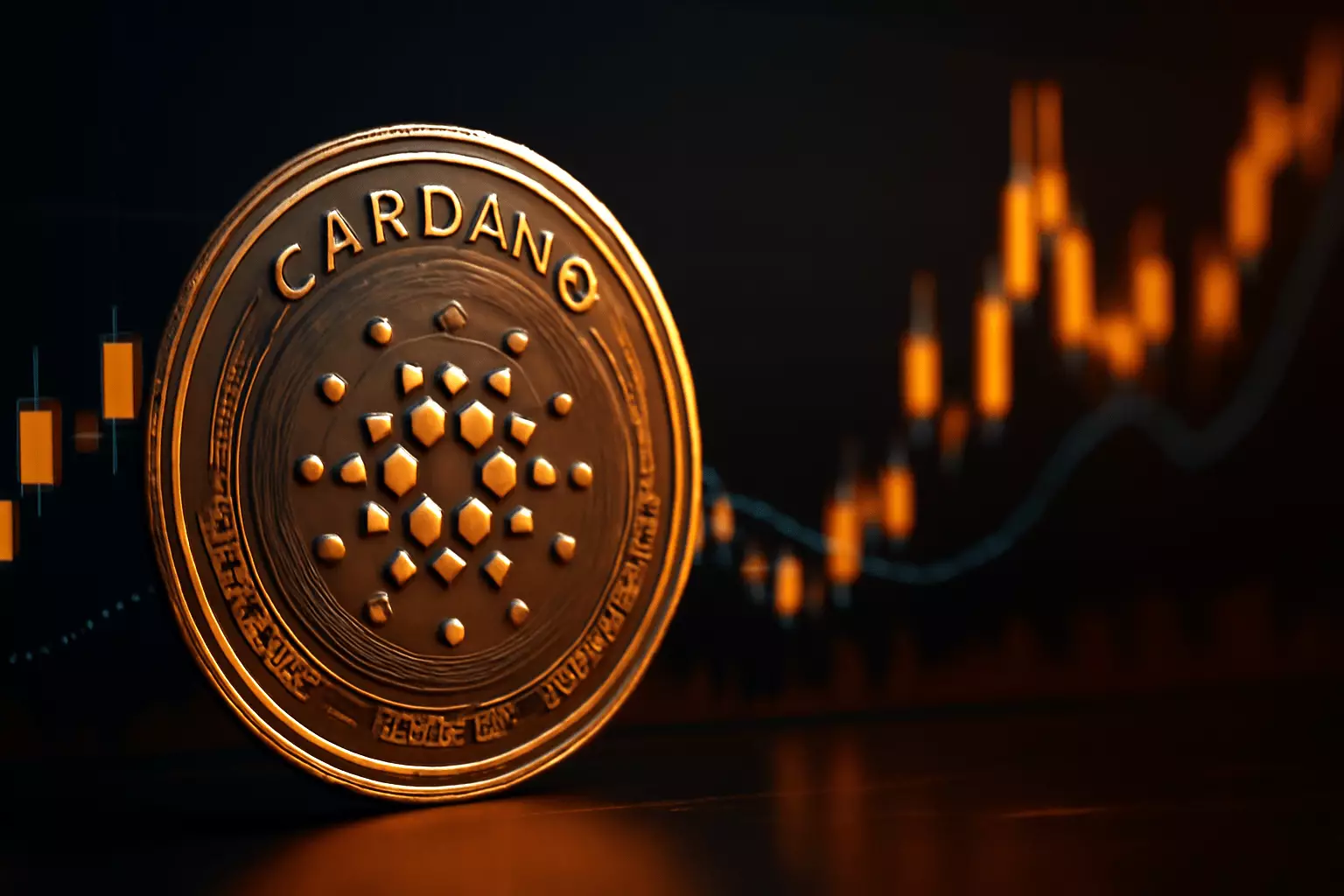In the world of cryptocurrency, the potential for exponential growth often feels like both a gamble and a certainty. Recently, an energetic proclamation by Cardano staking pool operator Sssebi (@Av_Sebastian) has stirred the pot further, asserting confidently that ADA could reach the coveted double-digit mark by the year 2025. With a current value hovering around $0.70, this assertion raises eyebrows—and skepticism. However, Sssebi posits five critical developments that may indeed recalibrate the trajectory of Cardano’s ADA. As someone who aligns politically with center-right liberalism, I find such confident predictions both fascinating and fraught with implications that merit deeper exploration.
The Disruption of Traditional Finance
One of the most intriguing dimensions of Cardano’s potential lies in its recent technological integrations. At the Bitcoin 2025 conference in Las Vegas, Input Output (IO) made waves by demonstrating the transfer of a Bitcoin Ordinal across a BitVM-based bridge to Cardano. This groundbreaking feat positions Cardano as a potential settlement layer for BTCFi applications—it signifies a move beyond mere cryptocurrency trading into a more complex financial ecosystem.
With approximately $1 trillion in dormant value currently untapped, this revelation builds a narrative where ADA isn’t just a speculative asset but a player in a broader financial arena. The prospect of lending, borrowing, and staking Bitcoin liquidity on a non-custodial platform is revolutionary; it could redefine trading paradigms. However, for such ambitions to bear fruit, Cardano must navigate regulatory landscapes and technological hurdles that other cryptocurrencies have not successfully managed.
Token Economics Reimagined
Charles Hoskinson, Cardano’s founder, recently introduced the Midnight sidechain, pledging to airdrop governance and privacy tokens—NIGHT and DUST—to approximately 37 million wallets across multiple blockchains. This isn’t just a routine incentive scheme; it is a strategy designed to drive user engagement far and wide without benefitting venture capitalists.
The sheer scale of this initiative dwarfs many prior efforts in the crypto space and could ignite traffic back to ADA as the Midnight cross-chain fee model gains traction. Imagine millions of new ADA addresses sprouting up as the community grows; one could argue that this represents a potential goldmine not just for Cardano but for the entire crypto marketplace—if executed effectively. It’s worth questioning the soundness of such a strategy, though, as points of failure in execution could severely jeopardize these ambitious goals.
Regulatory Waters: A Double-Edged Sword
The traditional finance world increasingly looks at cryptocurrencies with a mix of skepticism and cautious optimism. The recent filing by NYSE Arca to convert Grayscale’s Cardano Trust into a spot ETF is promising, but the regulatory uncertainty attached to such applications is palpable. The SEC has acknowledged the application, initiating a 240-day evaluation period that will inevitably influence investor sentiment.
The arguments put forth by Grayscale underscore ADA’s on-chain transparency, which could serve as both a blessing and a curse. In a landscape rife with manipulation allegations, emphasizing such features may placate regulators but could also lay bare any vulnerabilities ADA has to scrutiny.
Political Signals: A Green Light for Cryptocurrency
Another facet that has recently come into focus is the surprising announcement by former President Donald Trump regarding a Strategic Bitcoin Reserve, which lists ADA among a cadre of noteworthy cryptocurrencies. While the directive bars fresh purchases, existing allocations of ADA reportedly sit at around $493 million federal reserves.
Such inclusion serves not just as political signaling but also as a validation for cautious institutional investors who have been hesitant about venturing into cryptocurrency. Legitimizing ADA in this context could act as a profound turning point, fuelling its acceptance and potentially sparking a diversification of investment.
The Thrill of the Upgrade: Leios
Cardano’s imminent upgrades, particularly the Leios initiative, promise to enhance transaction efficiency significantly without compromising decentralization—a challenge that has stymied many blockchain networks. As Hoskinson confidently states, simulations suggest that Leios could begin facilitating tens of thousands of transactions per second. The alignment of Leios’s main-net integration with the launch of Midnight and the ETF review window could create an unprecedented compound effect.
The sense of urgency surrounding these developments feeds a narrative that feels startlingly electric for those holding ADA. The interplay of market mechanics, regulatory developments, and technological innovations positions Cardano uniquely. If all these pieces fall into place, a leap from $0.70 to $10 doesn’t just seem optimistic; it feels tangible.
The road ahead is littered with uncertainties, but it is precisely these complexities that make Cardano a thrilling entity to watch. As we move forward, the stakes will not just be about price but about carving out a new future in decentralized finance.

